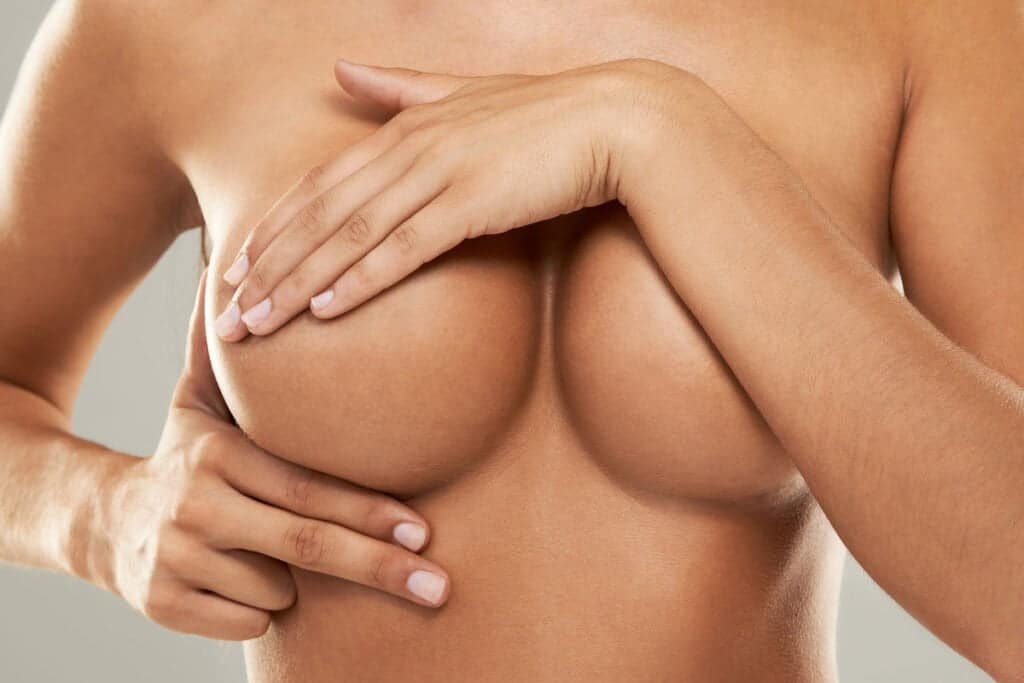Body contouring surgery stands as a transformative approach for those aiming to reshape and refine their physical appearance after significant weight loss or due to natural aging processes. Through advanced surgical techniques, individuals can achieve a more proportionate and aesthetically pleasing body shape, enhancing self-confidence and comfort in one’s skin. This field of cosmetic surgery encompasses various procedures tailored to meet the unique needs and goals of each patient, promising personalized outcomes that align with their vision of beauty and wellness.
Necessity of Compression Garments After Body Contouring Surgery
Swelling and Bruising
After a body contouring surgery, patients often face swelling and bruising. This is where compression garments come into play. They apply gentle pressure on the operated areas. This helps in reducing swelling.
Compression garments also minimize bruising. By keeping tissues in place, they prevent blood from pooling under the skin. Thus, they are essential for a smoother recovery.
Shape Stabilization
Post-surgery care is crucial for maintaining the desired body shape. Compression garments provide support to surgical areas. They help in stabilizing your new body contours during the healing process.
Without these garments, there’s a risk of uneven shaping or sagging skin post-procedure. Especially after a body lift procedure, wearing compression clothing ensures that you achieve optimal results.
Blood Circulation
Enhanced blood circulation is key to faster recovery after surgery. Compression garments promote blood flow to surgical sites. Improved circulation aids in quicker healing and reduces recovery time.
Moreover, better blood flow means more oxygen and nutrients reach wound sites. This accelerates tissue repair and regeneration.
Benefits of Compression Garments During Recovery
Risk Reduction
Compression garments play a crucial role in the recovery process after body contouring surgery. They significantly reduce the risk of seroma formation. Seromas are pockets of fluid that can form under the skin, causing discomfort and potential complications.
Wearing compression garments applies gentle pressure to the surgical areas. This pressure prevents fluids from accumulating by encouraging their absorption back into the body. It’s a simple yet effective way to safeguard your health during recovery.
Skin Retraction
Another key benefit is aiding in skin retraction and shaping. After body contouring surgery, it’s essential for the skin to adhere smoothly to its new contours. Compression garments provide an even, consistent support that helps in this aspect.
They not only assist in minimizing swelling but also ensure that the skin tightens properly around treated areas. This contributes significantly to achieving desired aesthetic outcomes post-surgery.
Comfort and Support
Lastly, these garments offer considerable comfort and support throughout healing. The journey after body contouring surgery can be challenging due to physical restrictions and discomforts associated with recovery.
Choosing the Best Compression Garment
Right Size
Selecting the correct size of a compression garment is crucial. A too-tight garment can cause discomfort and harm your skin. On the other hand, a loose one won’t provide effective compression. It’s essential to measure your body accurately before making a purchase.
Measurements should be taken at various points on your body, depending on where you will wear the garment. For example, if it’s for your legs, measure both the length and circumference at multiple spots like thighs and calves.
Comfortable Material
The material of the compression garments plays a significant role in their effectiveness and comfort level. Look for breathable fabrics that allow air circulation to avoid skin irritation during long-term use.
Some garments come with zippers or hooks to make them easier to put on or take off. This feature is especially helpful when dealing with soreness or limited mobility post-surgery.
Healthcare Recommendations
Always consult with a healthcare provider before choosing a compression garment. They can recommend medical-grade options suited for your specific needs.
Healthcare professionals have access to quality evidence about different brands and types of garments. They may suggest particular products based on their experience or studies they trust.
Duration of Wearing Compression Garments After Surgery
Minimum Wear Time
After undergoing body contouring surgery, wearing compression garments is crucial. The minimum wear time typically ranges from 4 to 6 weeks. This period is essential for reducing swelling and improving blood circulation.
Patients must adhere strictly to this guideline. It helps in the faster healing of tissues. Surgeons provide specific instructions based on the surgery’s extent.
Extended Wear Benefits
For optimal results, extended wear up to several months may be advised. This longer duration supports better skin retraction and shaping outcomes.
Following the surgeon’s guidance on adjusting wear time based on recovery progress is vital. Some patients might need less time, while others might require more, depending on how their body heals.
- Pros of extended wear include:
- Enhanced shaping effects
- Reduced risk of complications
- Cons could involve:
- Discomfort over long periods
- Potential skin irritation if not managed properly
Listening to your body and communicating with your healthcare provider during the postoperative period ensures a smoother recovery journey.
Understanding the Role of Compression Garments in Post-Surgery Recovery
Quicker Edema Reduction
Compression garments play a crucial role in speeding up recovery after body contouring surgery. They help reduce surgical-related edema, which is common post-operation. By applying gentle pressure, these garments encourage excess fluid to move away from the surgical area.
This action not only alleviates swelling but also promotes a faster healing process. Patients often notice a significant difference in their comfort levels when using compression garments correctly.
Contour Maintenance
Another key benefit of wearing compression garments is their ability to maintain the results of body contouring surgery. These garments prevent tissue expansion during the critical healing phase. This is essential for ensuring that the desired contours remain as intended by the surgeon.
Without this support, there’s a risk that tissues might expand or shift, compromising the aesthetic outcome of the surgery. Therefore, adherence to recommended garment use is paramount for optimal results.

Infection Risk Reduction
Lastly, compression garments act as an effective barrier against infection risks post-surgery. They minimize wound exposure to potential contaminants by covering them securely.
Effects of Compression Garments on Swelling and Infection Reduction
Lymphatic Drainage
Compression garments play a crucial role in post-surgery recovery. They help with lymphatic drainage. This means they reduce swelling more effectively.
When you wear these garments, they apply constant pressure to the surgical area. This helps move lymph fluids out of the tissues. As a result, swelling, also known as edema, decreases faster.
Infection Prevention
Another key benefit is lowering infection chances. The constant pressure from compression garments minimizes spaces where bacteria can thrive.
By keeping surgical areas compressed and immobile, these garments create an environment less favorable for bacterial growth. Therefore, patients experience fewer infections during their recovery period.
Healing Acceleration
Compression garments also accelerate healing. They do this by keeping everything tight and in place.
This immobilization ensures that the affected area heals correctly and quickly. It reduces movement that could disrupt the healing process.
Importance of Compression After Plastic Surgery
Desired Outcomes
Compression is key after body contouring surgery. It helps tissues stick together properly. This ensures the shape and contours are as planned.
Plastic surgeons emphasize its role in achieving aesthetic goals. Without it, results might not meet expectations. The right compression garments make a big difference.
Reduced Complications
Wearing compression garments lowers risks of post-surgery issues. These include shifts in tissue or asymmetry.
It’s crucial for a smooth recovery process. Patients see fewer complications and better healing.
Recovery Discipline
Compression encourages patients to follow their recovery plan closely. It’s part of a disciplined approach to heal.
This discipline speeds up recovery time and enhances outcomes from the surgery.
Maintaining Postoperative Changes in Shape with Compression Garments
Long-Term Use
Long-term use of compression garments is crucial after body contouring surgery. These garments help the body adapt to its new shape. Soft tissues need time to settle into their new positions. Compression garments provide gentle pressure that aids this process.
Wearing these garments for an extended period ensures the best possible outcome from the surgery. Surgeons often recommend wearing them for several weeks or even months postoperatively. This practice significantly enhances healing and reduces complications such as fluid accumulation and hematoma formation.
Even Distribution
Compression garments play a key role in evenly distributing skin tightness over treated areas. They ensure that the skin adheres smoothly to its new contours, preventing unevenness or bumps.
This even distribution is vital for achieving a natural-looking result post-surgery. The gentle pressure applied helps minimize swelling and supports proper circulation at the surgical site, leading to better overall outcomes.
Sustained Improvements
For sustaining improvements until full recovery, compression therapy is indispensable. It not only assists in reducing postoperative pain but also limits fluid retention which can affect the final shape negatively.
By maintaining everything in its correct position, these garments ensure that patients achieve the desired results without backtracking due to issues like shifting or sagging of tissues before they fully heal. Surgeons emphasize their importance as part of comprehensive care following surgical procedures aimed at altering body shape.
Closing Thoughts
The significance of compression garments in the journey of body contouring surgery recovery cannot be overstated. They play a pivotal role in enhancing the healing process, reducing the risk of complications, and ensuring the longevity of the desired postoperative shape. By diligently wearing these garments as advised, patients significantly contribute to their own recovery and the effectiveness of their surgery. The choice of the right compression garment and adherence to the recommended duration of wear are crucial steps that directly impact swelling, infection rates, and the overall outcome of body contouring procedures.
For anyone considering or having undergone body contouring surgery, embracing compression garments as part of their recovery toolkit is essential. It is advised to consult with healthcare professionals to select the most suitable garment and understand the optimal duration for its use. Engaging in this practice not only supports physical healing but also aids in achieving and maintaining the aesthetic results one aspires for after such surgeries. Let this guide serve as a reminder of the importance of compression garments in navigating the post-surgery recovery phase successfully.
Frequently Asked Questions
Why are compression garments necessary after body contouring surgery?
Compression garments aid in reducing swelling, supporting the affected areas, and accelerating the healing process post-surgery. They are vital for a smooth recovery.
What benefits do compression garments offer during recovery?
They minimize swelling, decrease the risk of bruising, enhance blood circulation, and support the newly contoured body parts to heal properly.
How do I choose the best compression garment after my surgery?
Select a garment that fits well – not too tight or loose. It should match your surgeon’s specifications for pressure level and area coverage.
For how long should I wear compression garments after body contouring surgery?
Typically, it ranges from a few weeks to several months based on your surgeon’s advice and individual healing progress.
Can compression garments really help reduce infection risks post-surgery?
Yes, by minimizing swelling and improving blood flow, they indirectly lower the chance of infections by promoting healthier skin conditions around surgical sites.
Why is maintaining shape with compression garments important after plastic surgery?
Compression garments help maintain the desired shape by preventing fluid accumulation and providing support until tissues have adequately healed to sustain results independently.







